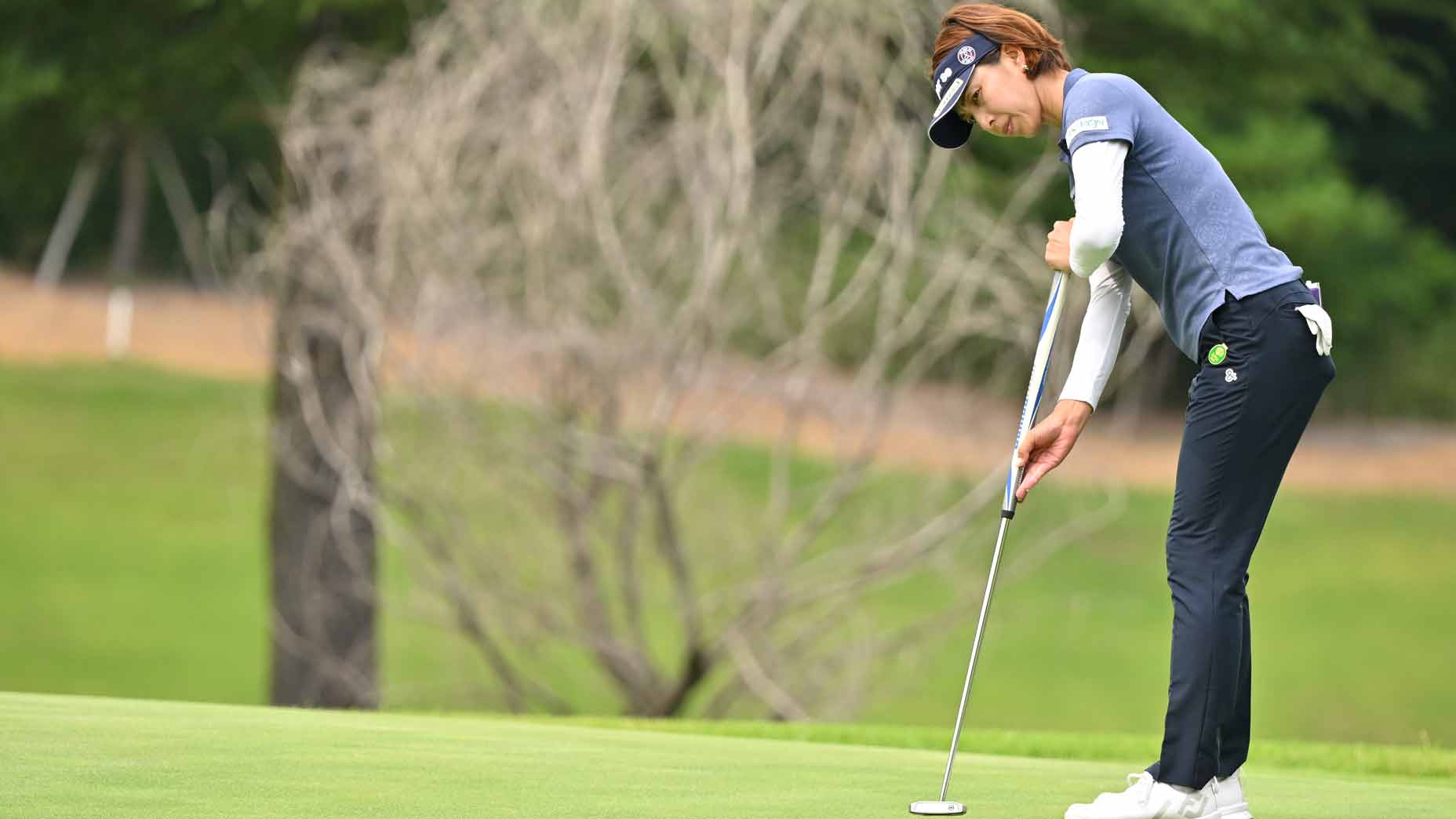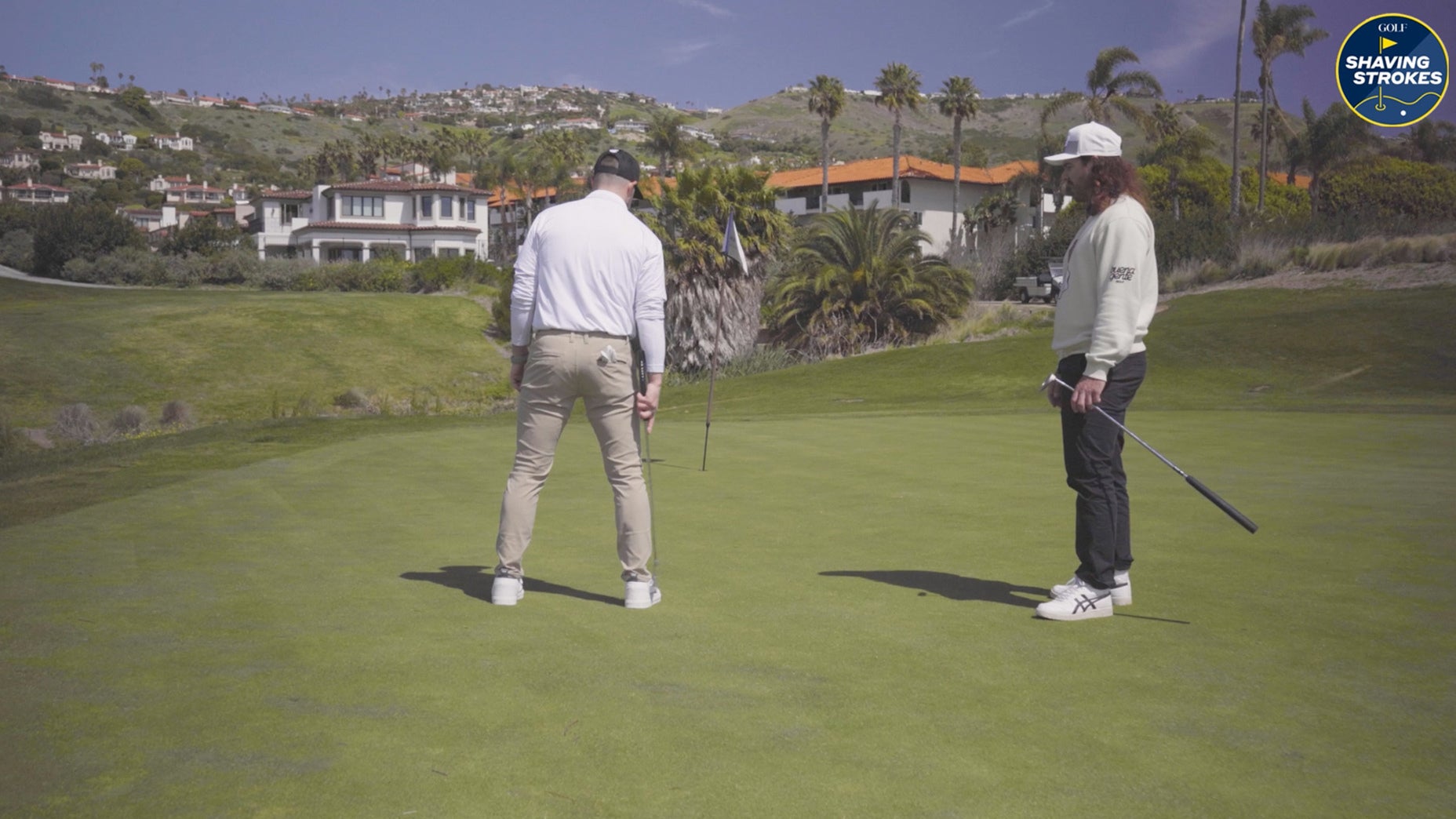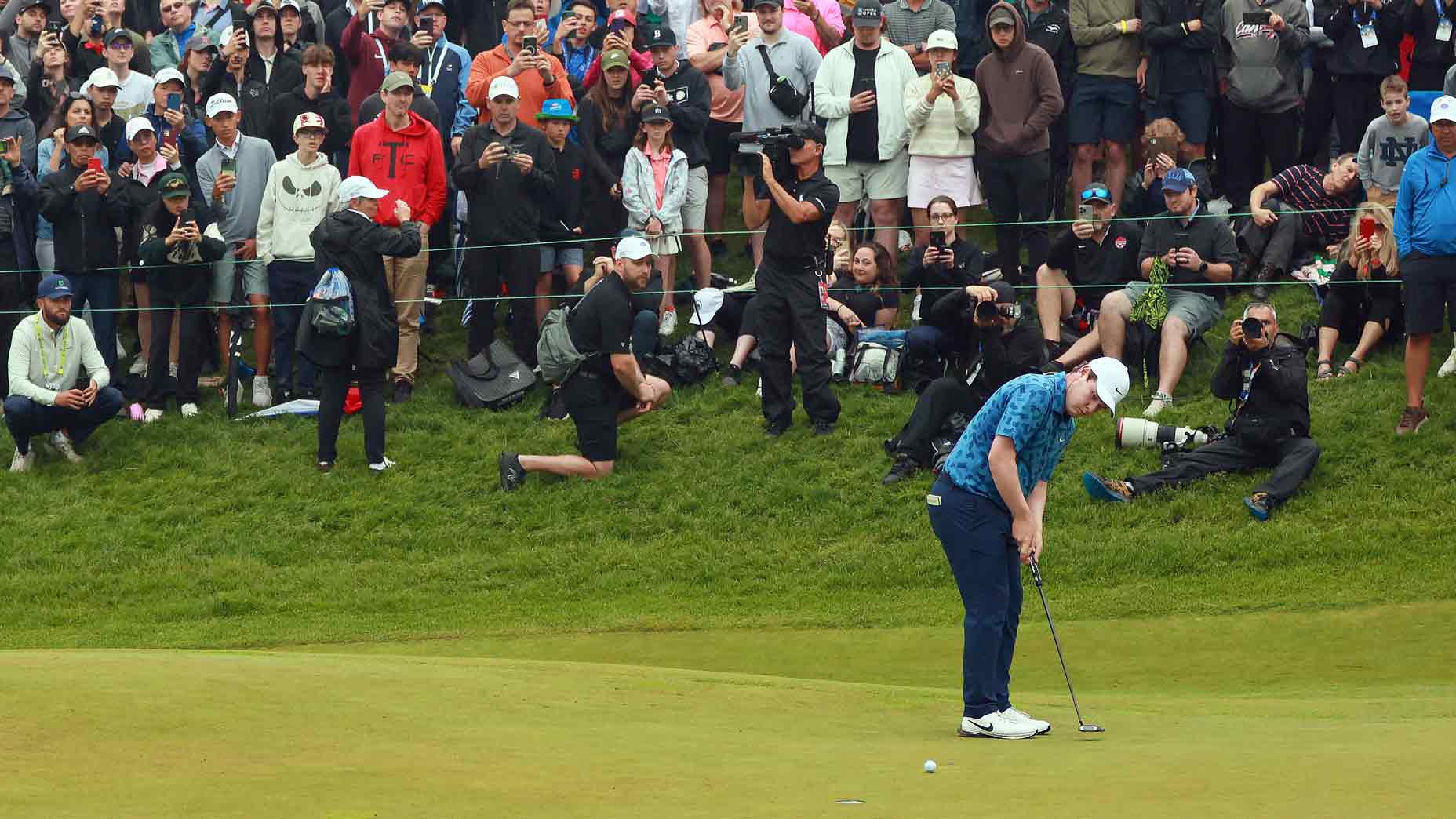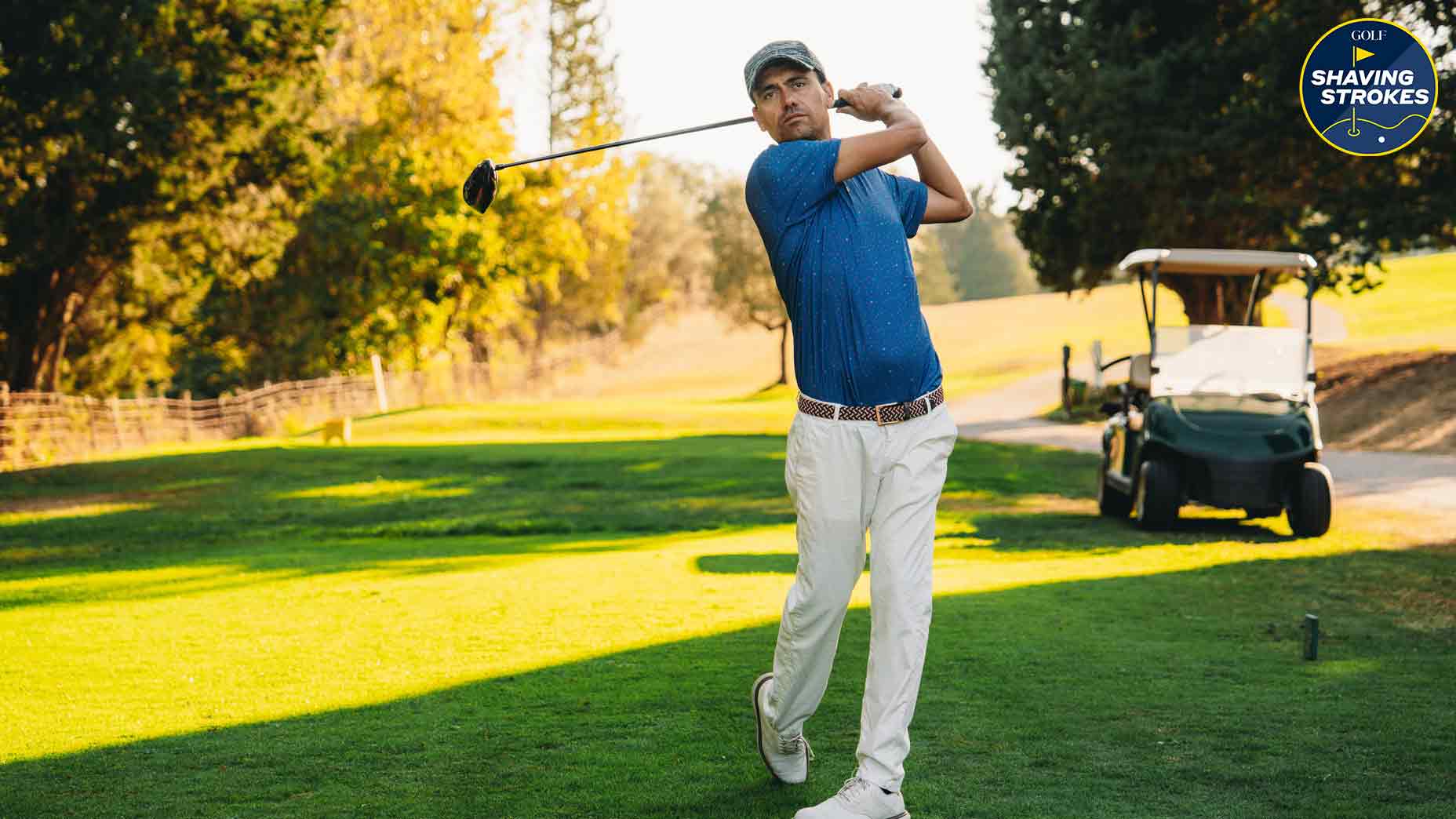This hack will make you a better lag putter without even practicing
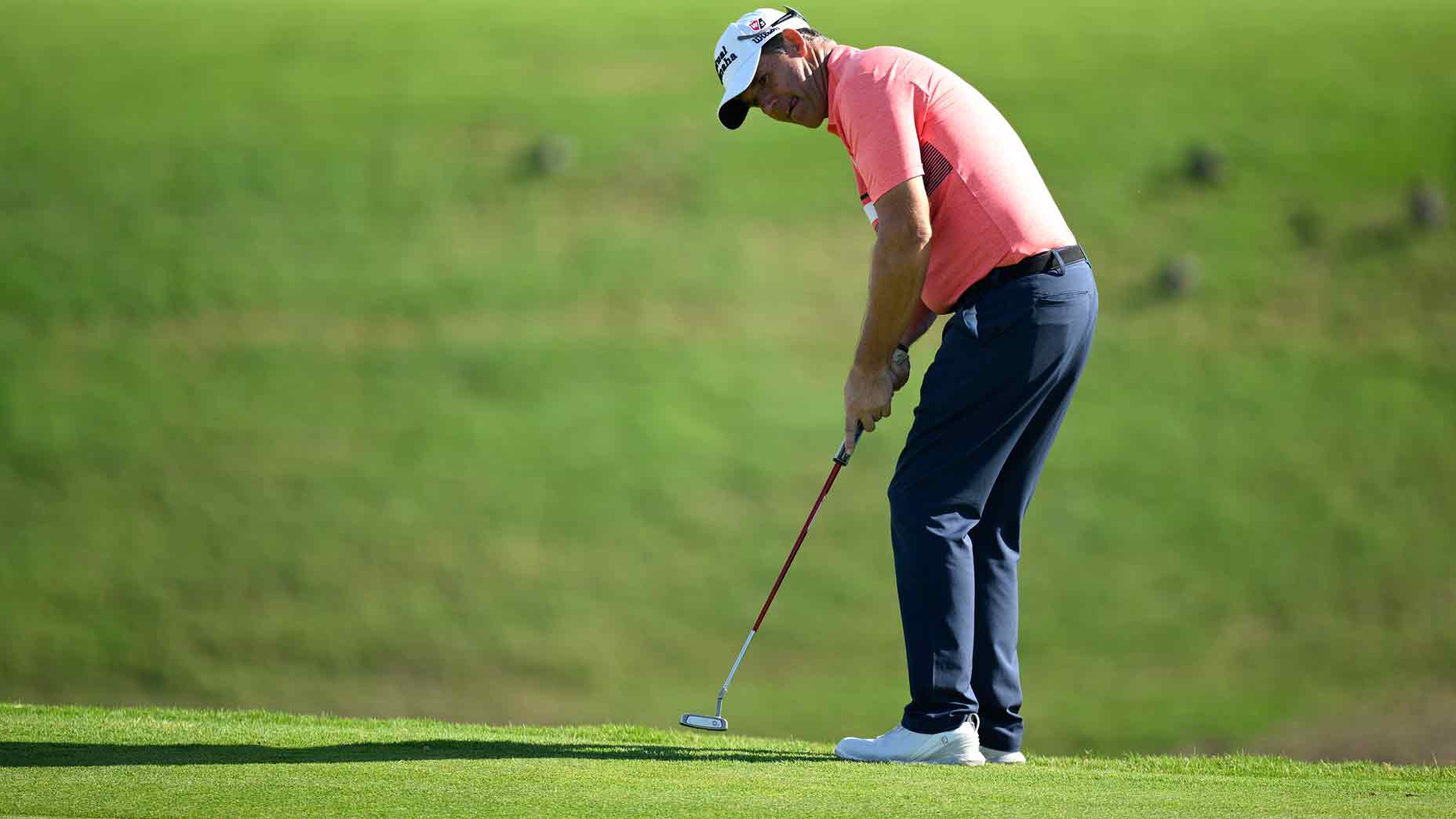
Lag putting is always a challenge, but if you use this tip from three-time major winner Padraig Harrington, it'll become a breeze.
Getty Images
There’s nothing more deflating than three-putting. Hitting the green in regulation only to walk away with bogey is not only frustrating, but also kills your score. If you want an easy way to shave strokes off your score, you need to eliminate three-putts.
The main reason golfers three-putt is a lack of distance control on the greens. Sure, start line is important, but having proper distance control is key. If you can dial in your speed control, it’ll make eliminating three-putts that much easier.
Proper pace on lag putts can only be achieved through plenty of practice. But thanks to the tip below from Padraig Harrington, you can leave yourself shorter second putts without even practicing.
How to improve your lag putting without practicing
Recreational golfers under-read putts quite consistently, which is detrimental to their lag putting.
“If I [start the putt] higher, the ball will tend to settle closer to the hole,” Harrington says. “If I made the mistake of [under-reading the putt], it gets away.”
When you under-read a putt and let the ball get below the hole, the slope begins to affect the putt even more and it picks up speed running away from the cup. This means that you’ll have a longer second putt than you might like. But if you over-read the putt, and keep it much higher, it won’t run away from the hole — it’ll be working toward it instead.
“If you miss it, it tends to settle two or three feet above the hole, which is a safe distance,” Harrington says. “But if you miss it with the same pace low, it goes about three times as far below the hole.”
The lesson here is simple: if you want to give yourself the best shot of getting the ball close on lag putts, play more break than you think. It’ll not only give your ball a better chance of dying in the cup, but it’ll also give you a shorter second putt should you miss it.
“Always add a little break if you’re trying to get down in two,” Harrington says. “That will help you lag your putts a lot better.”



